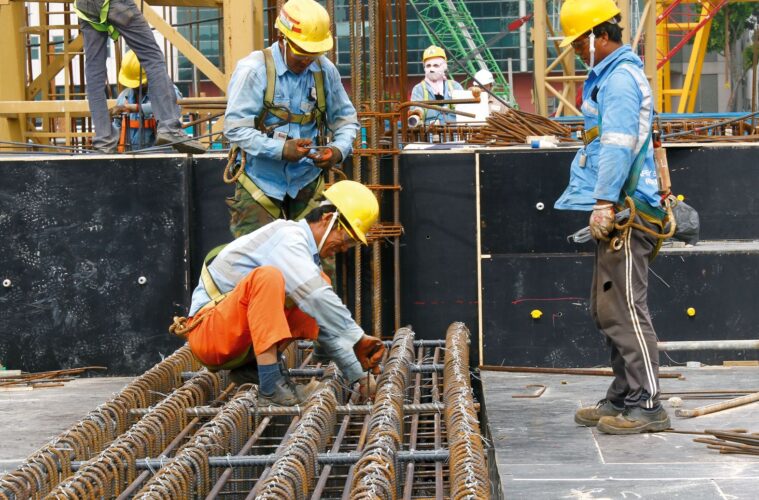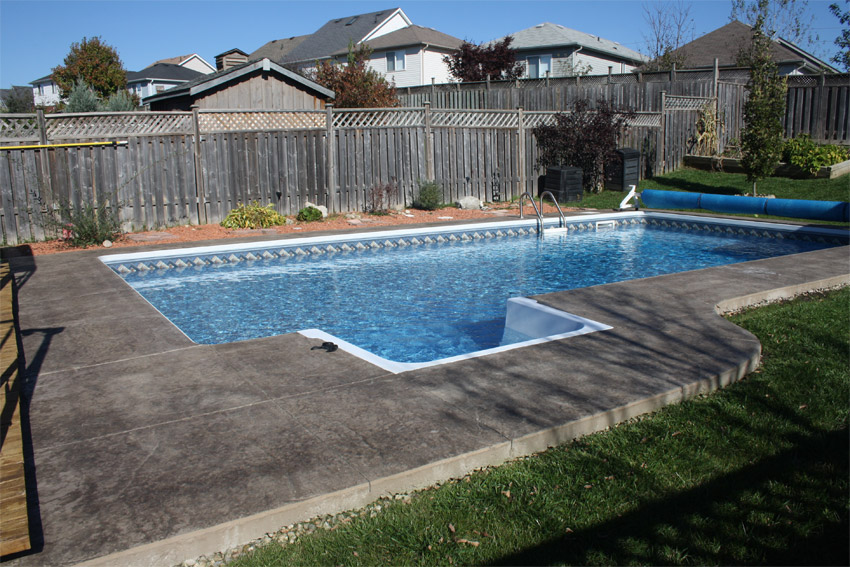Handling a construction site isn’t an easy task. A construction project manager must oversee all the construction works, whether building the foundation, putting up the scaffolding or taking it down, laying the structural components, etc.
You also must ensure that the safety measures on-site are as per the safety outline by OSHA requirements. Everything should be up to the mark and upgraded. Otherwise, a small slip can lead to a great disaster.
Every site needs to follow these twelve tips for construction safety measures. Read along to find out what they are.
OSHA Requirements
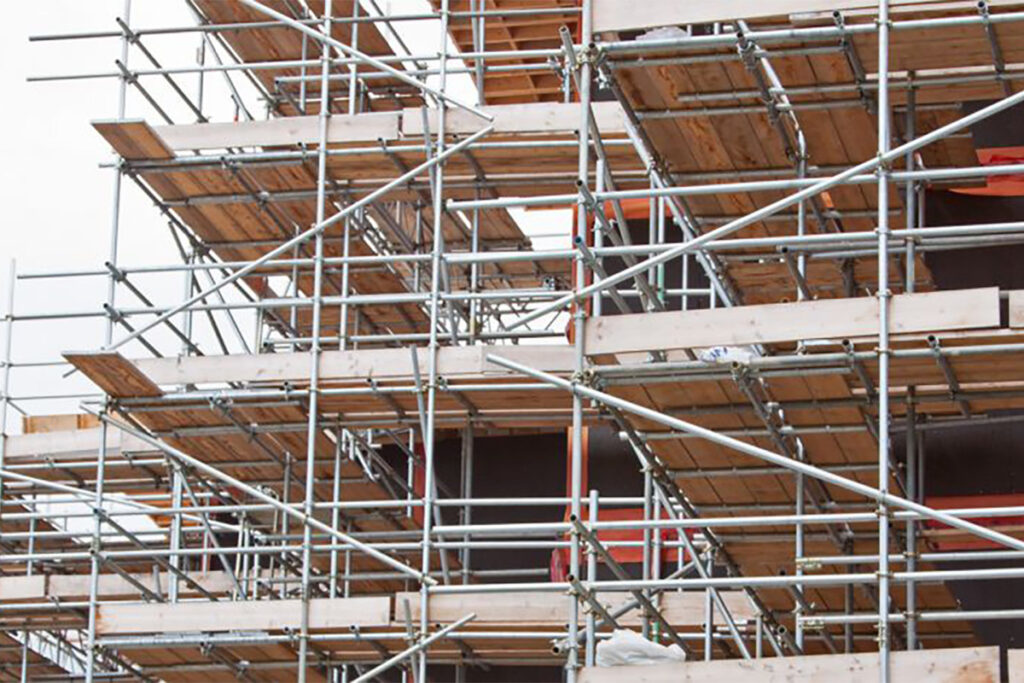
source: pinterest.com
Occupational Safety and Health Administration (OSHA) standards line out rules describing safety methods for employers that they must use to protect their employees from accidents.
OSHA has set requirements for construction sites, general industry, and maritime industry. These requirements manage safety practices and safety equipment to work with while keeping records of workplace injuries.
The following safety tips outline the measures that every project manager and employee should take on construction sites.
Wearing Restraint System in Heights
When working at heights, construction workers should wear restraint arrest systems. These will help to stop them instantly if, by any chance, they fall from the height while they’re working.
OSHA requires the use of approved products such as fall restraint systems to be in place for worker protection. Products that are approved go through rigorous tests to ensure that they can arrest a falling person instantly and avoid a big accident.
Wearing Safety Equipment
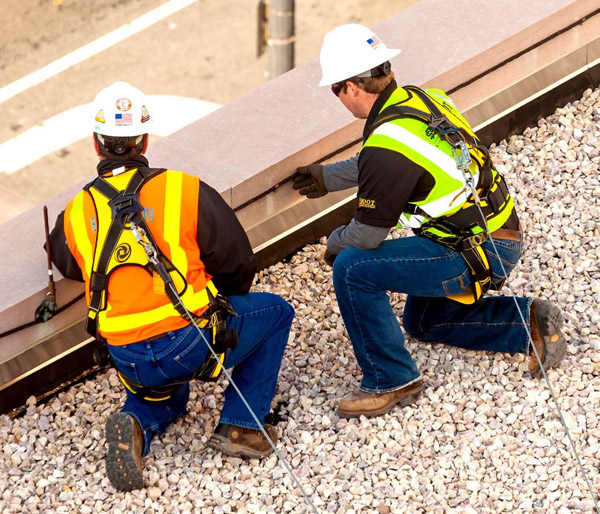
source: pinterest.com
Safety equipment sets are must-haves in every construction site, whether for construction workers or visitors. What should these sets contain?
Every safety equipment should have a PPE suit, gloves, earplugs, respiratory equipment, a hard hat, a face shield, and a restraint system. Everyone should always wear a hard hat, suit, and gloves. Depending on the type of work or site, they should also wear the other equipment to protect themselves from injuries.
Safety Training and Assessment
Every manager and employee must have proper training regarding safety measures. They should all carry a card or certificate stating they’ve completed all the training needed to stay safe in this risky line of work.
As an employer, you should assess the safety knowledge of your employees to ensure that they’re up-to-date. You should also give them site-specific training to know high-risk areas and how to manage them.
Training employees on safety regulations and training them about the construction site will help you minimize risks and maximize output. Your employees will be safer, and you’ll have fewer cases of injuries and major accidents.
Working With Proper Training
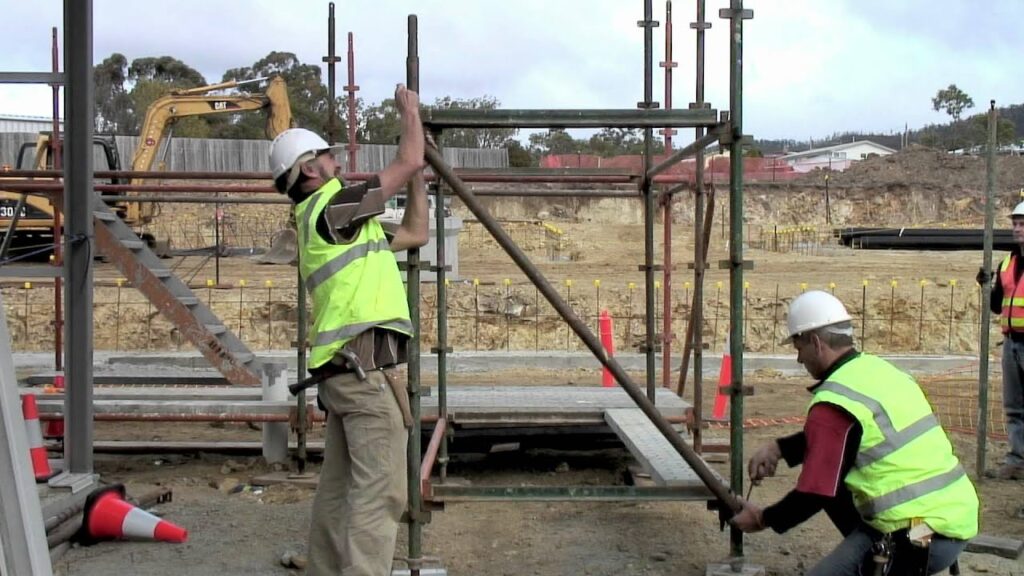
source: pinterest.com
Besides safety training, every construction worker should be well-trained in the equipment they’ll be using and the structures they’ll be building. They should be able to handle all types of equipment well enough to avoid the chances of accidents and use the right equipment for the proper purpose.
As the project manager on the construction site, you should check who can with which types of equipment to lower the chances of confusion. It’ll also reduce the occurrences of possible accidents from mishandling the equipment. They should also be able to inspect equipment properly.
Construction workers should get enough training to be aware of their surroundings. They have to be careful at every step, whether carrying something or passing by a location with moving parts. Besides, they should be able to build and take down scaffolding erectors to avoid any unwanted consequences.
Increasing Workers
The first thing that comes to mind after hearing this is that increasing the number of workers will reduce time. It surely will, but there are other perks to it too.
Increasing workers will ensure that work is more divided so they don’t get exhausted from too much work. Exhaustion can negatively affect their performance, making way for risks of injury and potential accidents on the site.
You can divide the workstations among them so that each department takes less time while finishing the work with planning and precision. They’ll delegate the work efficiently, reducing stress and exhaustion, thus bringing out quality work every time.
Keeping Wirings and Appliances in Check
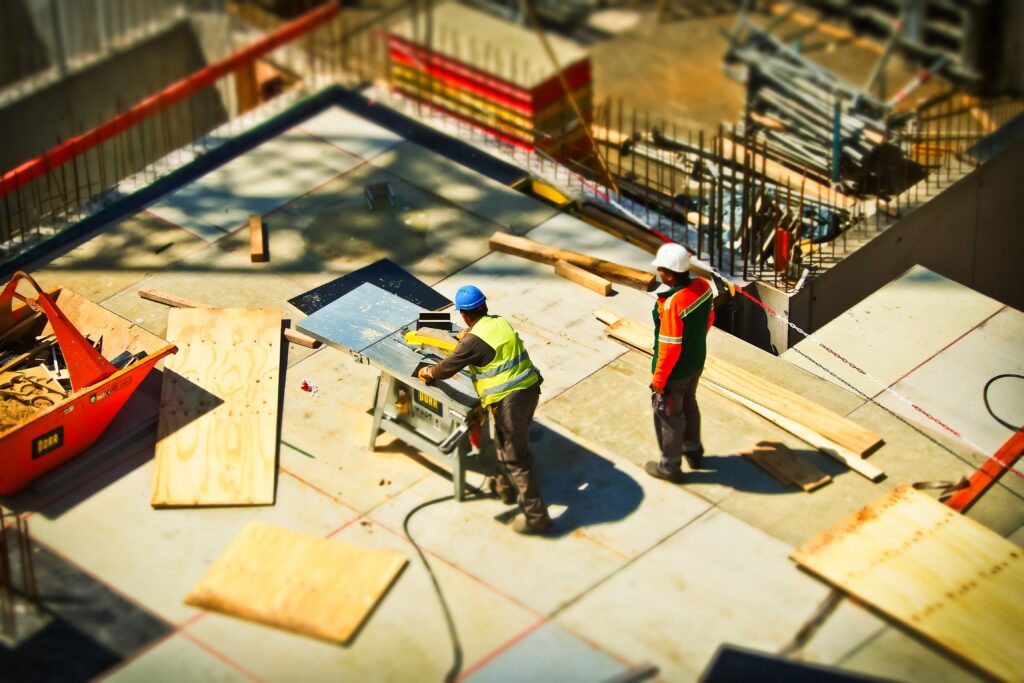
source: pinterest.com
All tools and electrical appliances are bound to have some wear and tear after some time of use. You must check all the wiring of these appliances carefully to detect any issues in them, which can be a potential hazard soon.
Besides, wires can be out of place and on the way since it’s a construction site. People can be stepping on them repeatedly, with or without heavy machinery. The employees must report any naked wire or faulty electrical equipment for immediate replacement.
Faulty wiring and worn-out appliances can cause severe injury like electrocution, causing death as well, since most of these appliances run on high voltage. Everyone on the construction site should be well-trained to avoid or handle a situation like this.
Operating Heavy Machinery With Caution
Whoever you employ to work on the construction site with heavy machinery, you should do a background check to see if they’re trained enough to operate the machinery. These types of machinery aren’t easy to use unless someone is experienced and follows the safety tips properly.
The heavy equipment operator should wear a seatbelt and put the vehicle in parking when it’s not in use. They should load, unload, and move the vehicle with a proper vision, and position the mirrors properly to fix their visual field.
Assessment of Sites
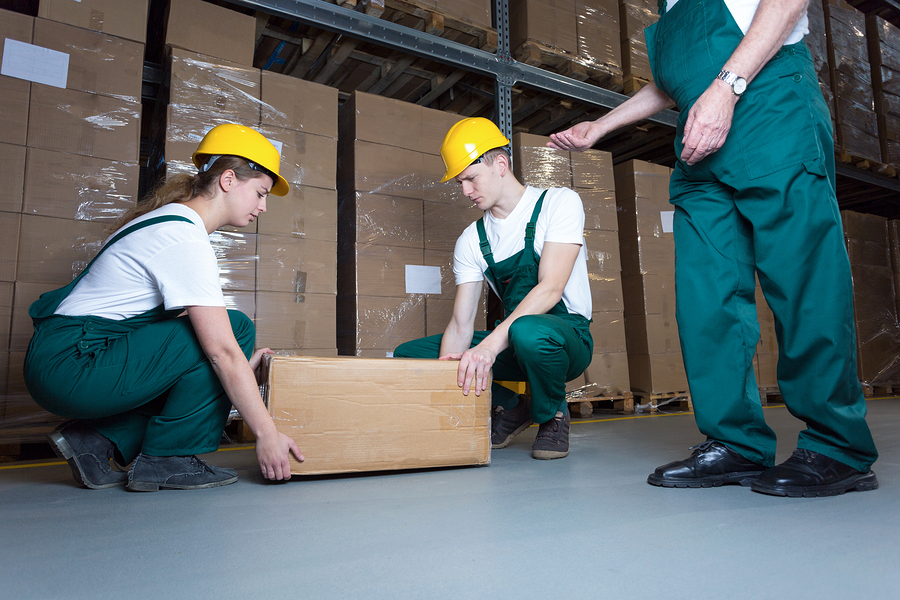
source: pinterest.com
Before anyone starts working, there has to be a proper assessment of all the sites that the construction workers will be working on a particular day. How stable the ground is to start working, what’s around the site, and if the platforms they’ll work on are secure enough, there should be assessment rounds for everything.
You should assess whether the sites will handle weather-related issues. What will happen if a tornado hits? Will scaffolding collapse? What’s the evacuation protocol? There should be a plan for every calamity that can cause damage.
If you or anyone identifies any danger, report it immediately for timely action. Determining ways to minimize risks, like having fall protection, will not just save lives but will also save costs from damages.
Having Hazard Signs on Sites
If anyone reports a potential problem in a site, be it the scaffolding erector, the moving parts, or the circuits, you should immediately put up a hazard sign on that site. If possible, you should temporarily close that site so that no one enters the space until the problems are resolved.
It doesn’t have to be that way all the time, though. You can also put up a banner with instructions to move around a noisy location or a place where welding is actively going on. You can also have a sign outside the construction site to let outside people know they should maintain a distance.
Having Safety Practices for Site Visits
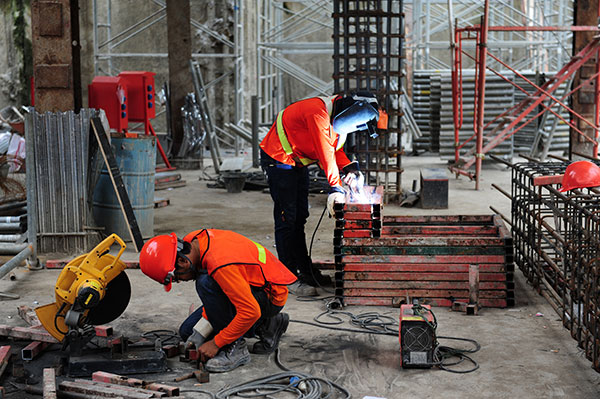
source: pinterest.com
Not only you and the others in the project but also the visitors to the site should wear safety equipment. These visitors can be the architect, the owner of the building, people handling the finances, someone from the legal ground, or maybe an inspector of the site.
Give them a safety equipment box with a PPE suit, a pair of gloves, a hard hat, and earplugs to protect themselves from all the potential site hazards. Brief them on all the safety measures they should follow while visiting the individual project sites.
Communicating Instructions Clearly
As a project manager, you should clearly communicate instructions to your employees. Whether it’s something particular about a particular project or daily instructions to everyone on construction, you should assemble everyone and give them clear guidelines and expectations.
The employees should have a mutual understanding. Make it a culture on your construction site where each worker will communicate with each other. It can be about routine work, something new for them, or any doubt regarding a placement or equipment.
Asking for clarity when in doubt will go a long way. Discussion and proper flow of communication will help streamline everything while executing the plans effectively.
Having First Aid Available on-site
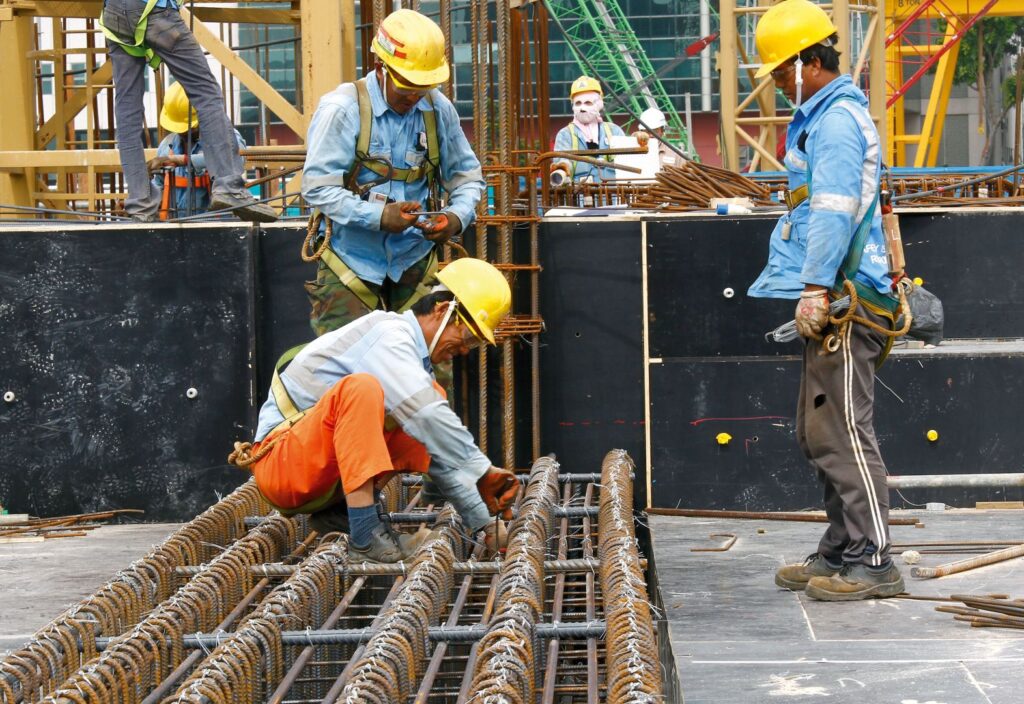
source: pinterest.com
On construction sites where accidents can happen anytime, even after taking safety measures, you should ensure there’s an ample supply of first aid available on the site. It should have things from primary medication to something that’ll keep them going until hospitalized.
You should ensure everyone is well-trained with first aid. Train everyone on site on how to use the first aid kit. Also, keep a lot of drinking water supply on-site. No one working in construction should be dehydrated.
Conclusion
Whether you’re a project manager of a construction site or an employee working on a construction project, knowing the safety tips that you and others should follow will save you from unwanted disasters. It’ll also ensure that you start and end the construction smoothly.
We hope you find this article helpful and will follow these tips on construction safety measures. Keep yourself and others around you safe!

